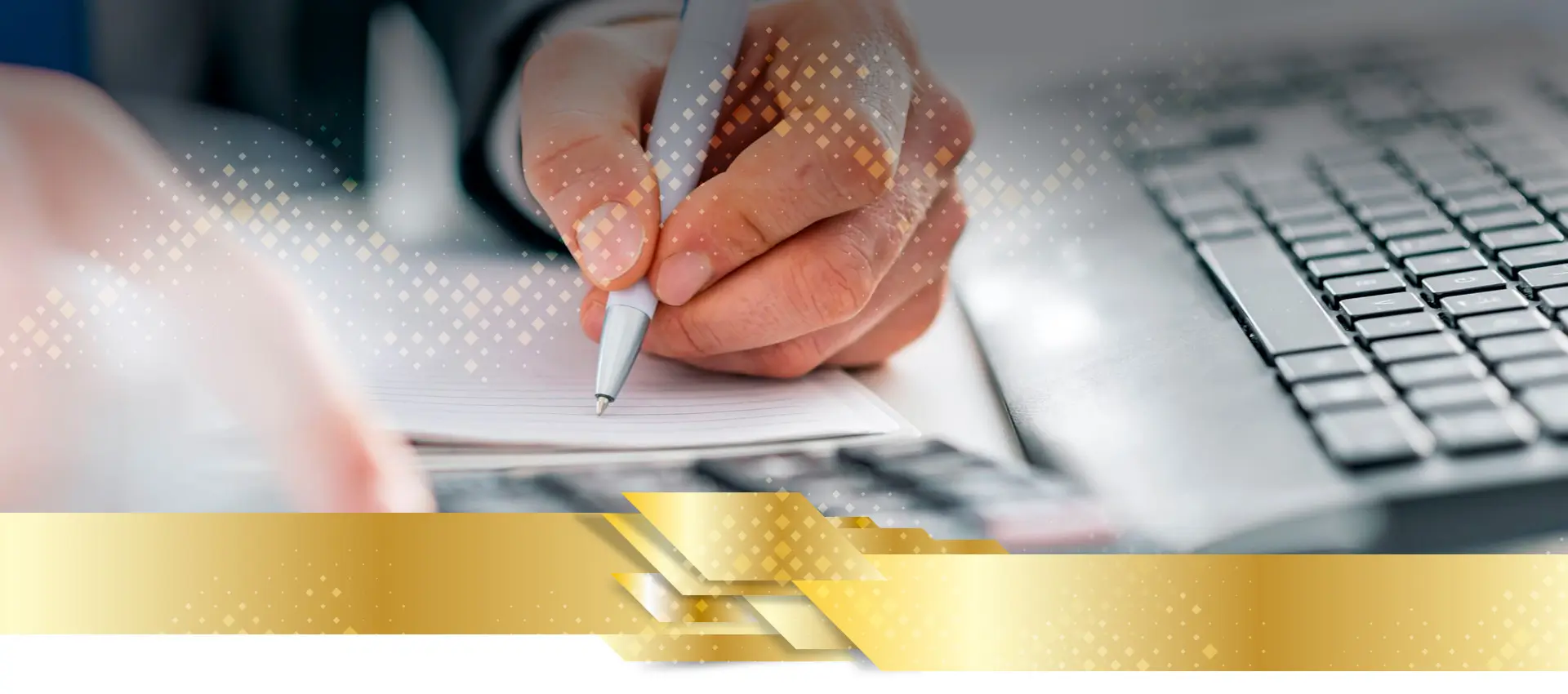Before starting a project you need a Feasibility STUDY STAGES, which involves a high degree of uncertainty, it is possible to carry out a feasibility study or analysis.
Therefore, it is complicated for us to try to establish a Project Management Plan or Project Plan with guarantees of being fulfilled, in form, time, and cost.
It is advisable to “secure the shot more” by means of a previous stage feasibility study.
Feasible Project
A feasible project is a viable project where you can face specific circumstances, obtaining the expected results.
It is not a forecast, nor does it imply that the project will deliver on time,
under the conditions set and within the budget designated for it.
The uncertainty does not disappear despite a positive response from the feasibility study.
However, when the initiative is determined to be viable, there is greater confidence in delivery.
The Feasibility STUDY STAGES are very focused and must always be specific. Some of its main characteristics are:
- It is a research tool that reports on the ability to make an idea come true.
- It is not the same as a business plan. However, you can use a feasibility study as a predecessor to creating a business plan.
- Part of the general to move towards the more specific details.
- It forces you to consider the customer’s needs and potential competition.
- It helps to identify the risks that you are likely to face in development.
- Describe the actions to be taken, their benefits, and the cost involved.
- It allows predicting the benefit that will be obtained.
The main advantage of doing a feasibility study on a project is enjoying the opportunity to tie up all the dots before committing time,
money, and resources to an idea that may not work out the way it initially planned to know the Secrets to feasibility study of a commercial project.
Feasibility STUDY STAGES application avoids serious inconveniences such as:
- Having to increase the budget in the middle of the execution phase.
- The wrong image of the company and/or the loss of a client by not being able to carry out what is agreed due to limitations.
- Incur in problems derived from the defective delivery or far from the quality conditions and defined specifications.
Its most important financial model advantages, and where its importance lies,
have to do with the fact that feasibility studies help to open your eyes to new possibilities, opportunities, and solutions,
that otherwise would never be discovered.
The best time to do this is when a series of alternative solutions: identified to address the execution of the project,
and what is needing to know which of them is the most feasible to implement.
Feasibility STUDY STAGES:
1. Investigation of business drivers
In most cases, the project is being driven by a problem in the business or an area for improvement.
that you need to have a clear understanding of. At this stage, it is necessary to discover.
why these underlying reasons are essential to the company and what maximum time frame can use to resolve the issue address.
It is also time to find out what the impact may be for the company if the project does not end as expected.
2. Confirmation of alternative solutions
Once the mission of the project is clear, it is necessary to understand what alternative solutions are available for tax analysts.
These should be realistic and provide effective coverage for the problem of feasibility study stages that are addressed.
You will have to evaluate one by one and reject those that do not meet these requirements.
3. Determination of the Feasibility STUDY STAGES of each solution
For this, they have to ensure that their application allows delivery on time and within budget.
This is undoubtedly the most complicated part of the process of analyzing the feasibility of a project and, to minimize the risk of errors, different methods can apply, such as:
- Comparative research: it consists of checking the evolution and degree of satisfaction of other companies that have implemented the same solutions applied to the project.
- Prototype development: this alternative proposes to identify the part of the solution that has the highest risk to be able, based on it, to create a sample, a prototype, that allows, on a small scale, to check its viability.
- Temporal compartmentalization: this method is carried out by completing some of the tasks included in the project plan and measuring the time necessary for their execution.
- This mark has to compare with the forecast made to check the degree of precision of the planning.
4. Selection of the ideal solution
Once the degree of the feasibility study definition of each proposed alternative solution is knowing,
the next step is to choose the one that will apply to the execution of the project. This decision must base on three aspects:
Ease of implementation.
- The minimum level of risk.
- Maximum delivery confidence.
5. Reassessment:
It is time to take your chosen solution and re-evaluate its feasibility study at a lower level. For this, it is necessary:
- Identify all the tasks or work packages that are needed to complete the solution.
- Compare the forecasts on the duration of each task with the members of the project team.
- Add all the tasks and their deadlines to the project plan.
- Check if you are still in a position to deliver within the maximum period set.
- Document all the results to close the complete feasibility study.
Is having solid feasibility studies helpful in your environment? Does it allow you to select better those projects that will carry out?
This process helps to gain the necessary confidence by confirming (or disproving).
that the initiative can implement on time and within budget,
and that is why it is essential to carry out the feasibility study as early as possible.

